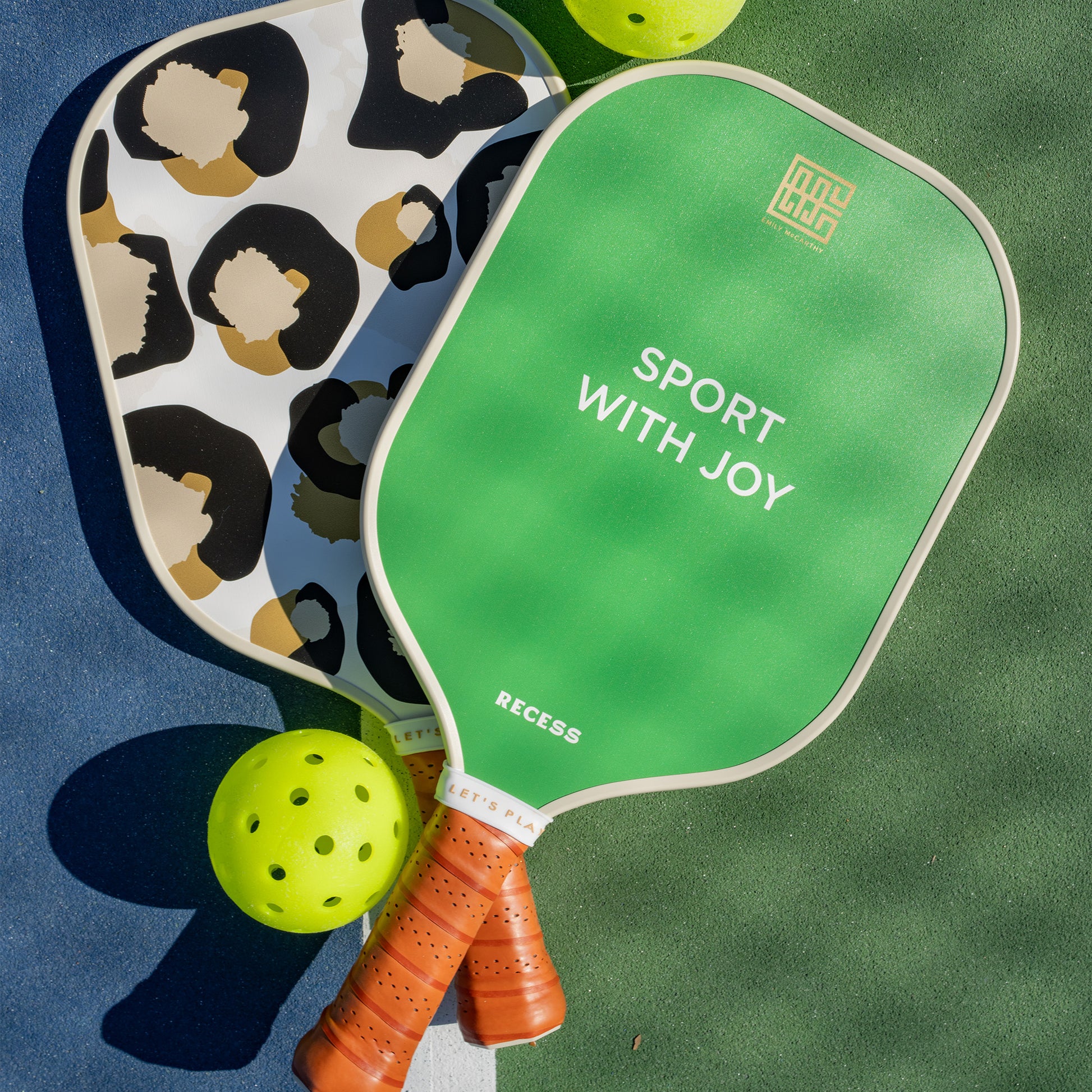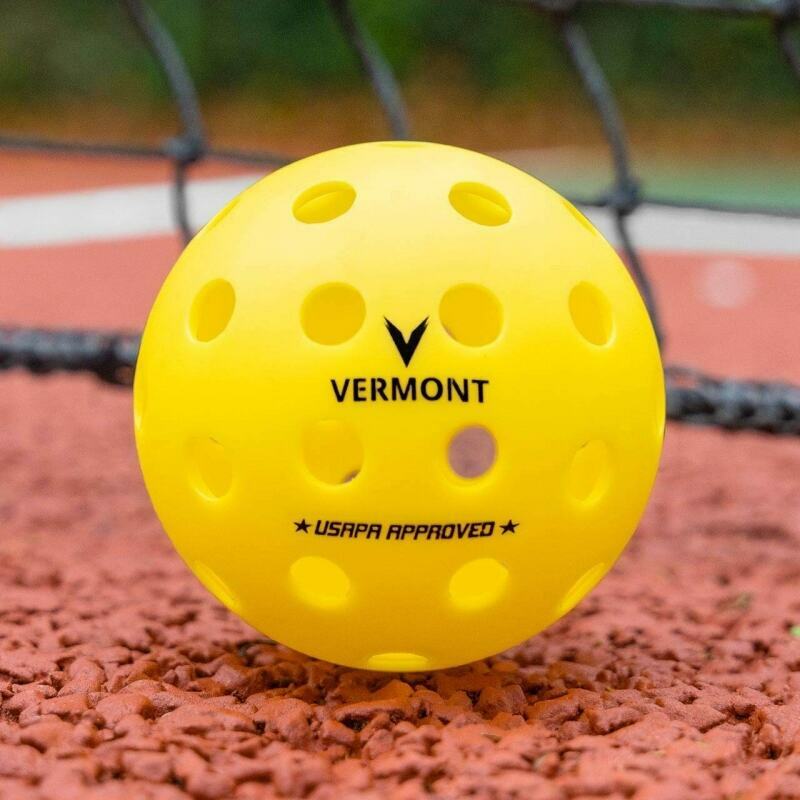Basic Rules
Understanding the fundamental rules of pickleball will help you get started quickly and enjoy the game from day one.
Serving
The serve must be made underhand and paddle contact with the ball must be below the server's waist. The serve is made diagonally crosscourt and must land within the opposite diagonal court.
Two-Bounce Rule
After the serve, each side must make one groundstroke before volleying the ball (hitting it before it bounces). This means the serving side must let the return bounce, and the receiving side must let the serve bounce.
Non-Volley Zone (Kitchen)
Players cannot volley the ball while standing within the non-volley zone (7 feet from the net). If a player's momentum causes them to touch the non-volley zone after hitting a volley, it's a fault.
Scoring
Points are only scored by the serving side. Games are typically played to 11, 15, or 21 points, and you must win by 2 points. In doubles, each player serves before the serve passes to the opponents.
Line Calls
A ball contacting any line except the non-volley zone line on a serve is considered in. If any part of the ball touches the line, it's good.
Faults
A fault occurs when: the ball is hit out of bounds, the ball does not clear the net, the ball is volleyed from the non-volley zone, or the ball is volleyed before a bounce has occurred on each side.
Essential Equipment
Get familiar with the basic equipment you'll need to start playing pickleball.

Paddle
Pickleball paddles are larger than ping-pong paddles but smaller than tennis rackets. They're typically made from wood, composite materials, or graphite. Beginners should look for a mid-weight paddle that balances power and control.

Ball
Pickleball uses a perforated plastic ball similar to a wiffle ball. Indoor and outdoor pickleballs differ slightly - indoor balls have larger holes and are lighter, while outdoor balls are heavier and have smaller holes to resist wind.

Court Shoes
Court-specific athletic shoes provide the right support and grip for pickleball movements. Look for shoes with good lateral support, cushioning, and non-marking soles. Tennis or volleyball shoes work well for pickleball.
Court Layout
Understanding the pickleball court layout is essential for learning proper positioning and strategy. Explore the interactive court below to learn about the different zones.
Court Dimensions
- Total Court Size: 20' × 44' (same as a doubles badminton court)
- Playing Area: 20' × 44'
- Non-Volley Zone: 7' from the net on both sides
- Net Height: 36" at sidelines, 34" in the middle
Beginner Tips
Improve your game quickly with these helpful tips for new pickleball players.
Master the Dink
The soft 'dink' shot that just clears the net and drops into the non-volley zone is fundamental. Practice this shot to control rallies and set up offensive opportunities.
Get to the Kitchen Line
In doubles, try to advance to the non-volley zone line (kitchen line) as quickly as possible. This positioning gives you the best offensive opportunities.
Let Serves Bounce
Remember the two-bounce rule! The serve and return of serve must both bounce before being volleyed. New players often forget this unique rule.
Watch Your Feet
Pay attention to the non-volley zone line. Stepping into this area while volleying (or after volleying due to momentum) results in a fault.
Communication is Key
In doubles, call out 'mine' or 'yours' for balls that could be played by either partner. Good communication prevents confusion and missed shots.
Third Shot Drop
When serving, focus on developing a good 'third shot drop' - a soft shot that lands in the opponent's non-volley zone, allowing your team to move up to the kitchen line.
Video Tutorial
Watch this comprehensive guide to learn the fundamentals of pickleball.

Video Length
10 minutes
Difficulty Level
Beginner
Topics Covered
Rules, Serving, Strategy